Description and cultivation of peonies "Etched Salmon"
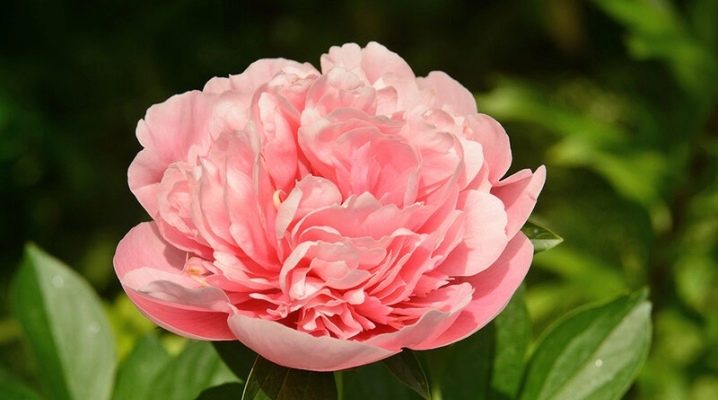
Peonies are presented in a huge variety, among them the Etched Salmon variety is most often found in flower beds. It is difficult not to appreciate it for its delicate shade, ease of care and unpretentiousness.
Characteristic
The Etched Salmon description states that it is a hybrid of unknown origin. For the first time information about him became available in 1968. During the flowering period, a fragrant aroma spreads near the flower bed. An average number of buds are formed on the bush, located on strong peduncles. The average height of the bush is 90 cm.
The bright, salmon-crimson hue attracts with golden inner petals. The bloom is double, that is, two pairs of petals are formed on the flower: some go along the edge and are called collar, the second form the core. Collar petals are larger and more intensely colored.
This hybrid is an early blooming flower. Medium-sized buds, symmetrical. Several yellow petals may intersect through the center. There are no stamens.
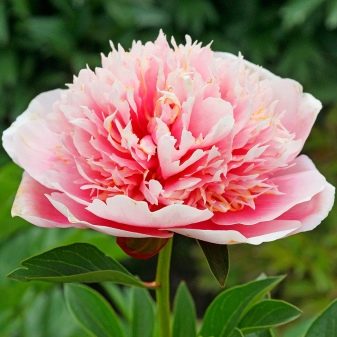
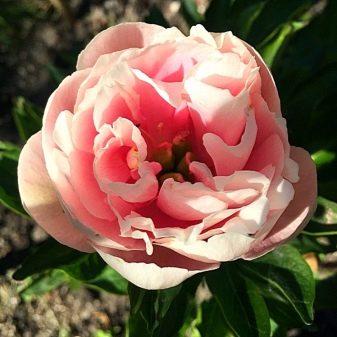
Landing
The best planting period for peonies of this variety is from September to the end of November. In this case, the plant has time to develop a good root system before vegetative growth begins.
Ideal soil for this flower: clay, humus and well-drained. The optimum pH can range from slightly acidic to slightly alkaline (6.5-7).
It is important to mix the soil with sand and peat before planting, enrich it with manure, compost or bone meal. However, direct contact of the fertilizer with the roots should be avoided, otherwise you can burn them.
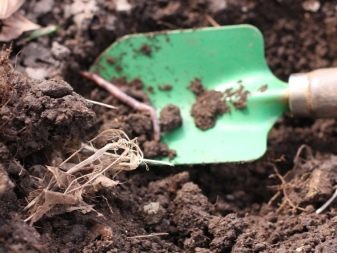
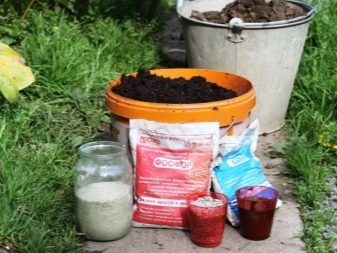
Peonies love to grow in a sunny location, but depending on the region, they can be planted in partial shade. This applies to the south of the country, where the sun can be merciless during the day, and the air temperature warms up to 40 degrees.
Experience teaches that although peonies are very hardy plants, it is better to plant them in partially shaded areas.... So, if the sun's rays do not touch the foliage early in the morning, then they remain green longer, the bushes get sick less.
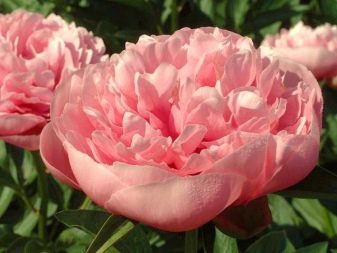
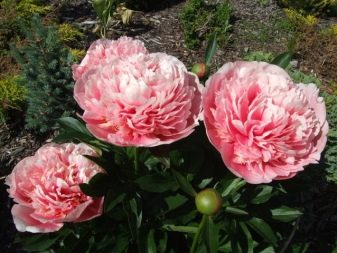
All peonies need space and should not be too close to the roots of other plants. If there is no other way out and you have to plant a flower next to a shrub or tree, then special attention should be paid to feeding and watering.
Peonies grow slowly, but their bushes can reach two meters in height and as much in width. It is best to plant the bushes at a distance of at least 1.3 meters from other plants and from each other, so that there is room for new shoots. It is not recommended to plant the plant in places where rainwater accumulates - the root system suffers greatly from this.

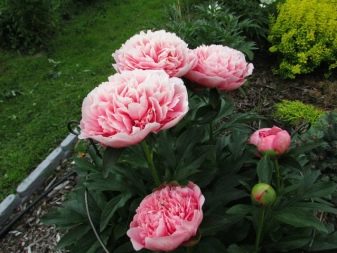
Spring is the best time for mulching, a 2-3 cm layer of organic matter helps to retain moisture and prevents weeds from breaking through. Removing the mulch in the fall reduces the chances of fungal diseases occurring after winter. And also in the spring, it is important to use fertilizers with a low nitrogen content - they promote plant growth.
A good home fertilizer is a solution that contains 100 grams of regular baker's yeast per 10 liters of warm water. It should be poured under the bushes.
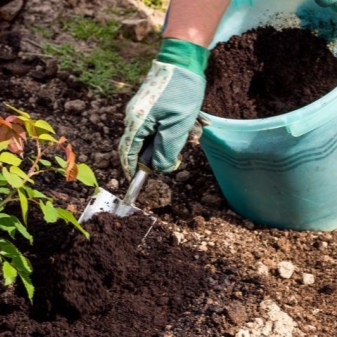
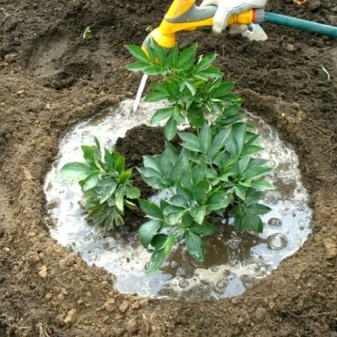
It is worth remembering that fungal diseases appear at high humidity and affect the leaves, stems and flowers of peonies. Spots appear after flowering and gradually enlarge and turn purple-brown as the disease progresses. The fungus attacks the buds and stems, causing them to turn black. Removing and destroying infected parts, especially in the fall, helps to control and prevent disease in the next year.Besides, the use of fungicides to protect plants from fungi is also important.
Aphids are very fond of peonies, a solution of insecticidal soap helps from it. However, this solution also protects peonies from other pests.
It is not difficult to grow beautiful peonies in your area. In order for the plant to feel healthy, it will take from time to time to loosen the soil around and remove weeds. The flowerbed is watered once a week, but abundantly, and in the hot summer months it is worth watching, so that the soil does not get too dry.
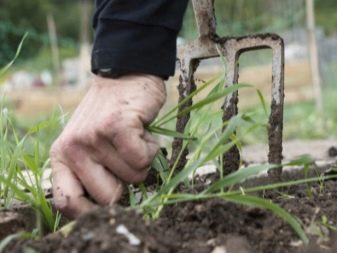

Reproduction
Reproduction of peonies usually occurs by division. In this case, the root system must be exposed in the fall, rinsed well under running water and cut with a spatula so that each new plant has 3-4 buds and 1-2 stems with roots 15-20 cm long.
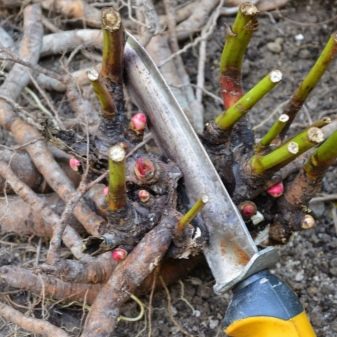
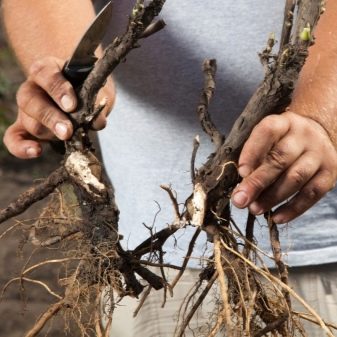
In rare cases, seeds are used. The seed propagation method of peonies is not popular for the reason that the new bush can differ greatly in characteristics from the parent. In addition, the propagation of peonies from seeds is a rather lengthy process. Seed germination can take two years, but in breeding this is the only way to get new varieties. On average, it takes 7-8 years for a plant that sprouted from a seed to bloom.
More information about the Etched Salmon peony can be found in the following video.







































































































The comment was sent successfully.